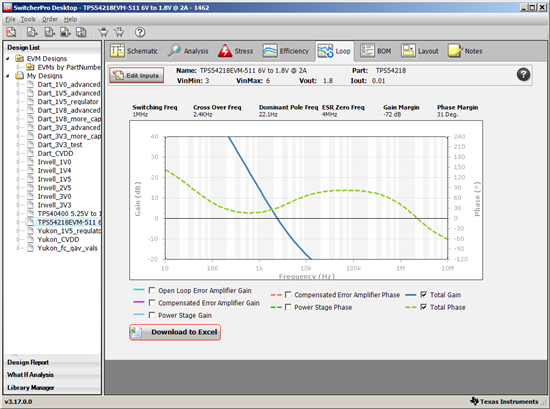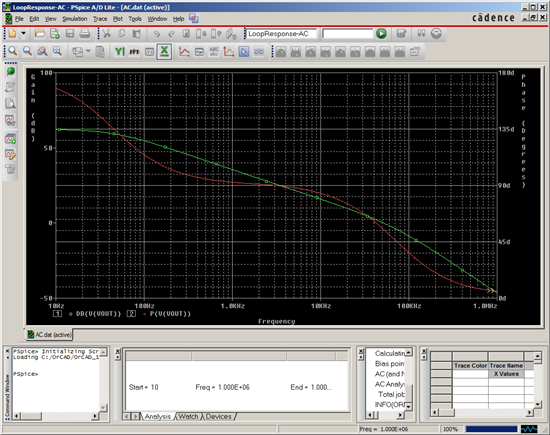Dear Forum,
I wish to use the TPS54218 (2A step down switcher) to create a number of voltage rails within my design. However, the minimum load on some of these rails can fall pretty low (10mA) and I am concerned that my TPS54218 design may not work properly at these low loads.
The reason for my concern was that, in July 2013, the data sheet was updated to Rev B and a paragraph was added:
"COMP VOLTAGE LEVEL
....Proper application circuit design must ensure that the minimum load steady-state COMP voltage is above the +3 sigma minimum clamp to avoid unwanted inhibition of the high side power switch."
The good news is that datasheet Figures 48 and 49 imply that the regulator works down to zero load.
Is the solution to choose an inductor ripple current that is large enough for the peaks to exceed the required level even at zero load? If so, what is the peak current level that I need to achieve?
Thanks for your help.
Best regards,
Gavin.









